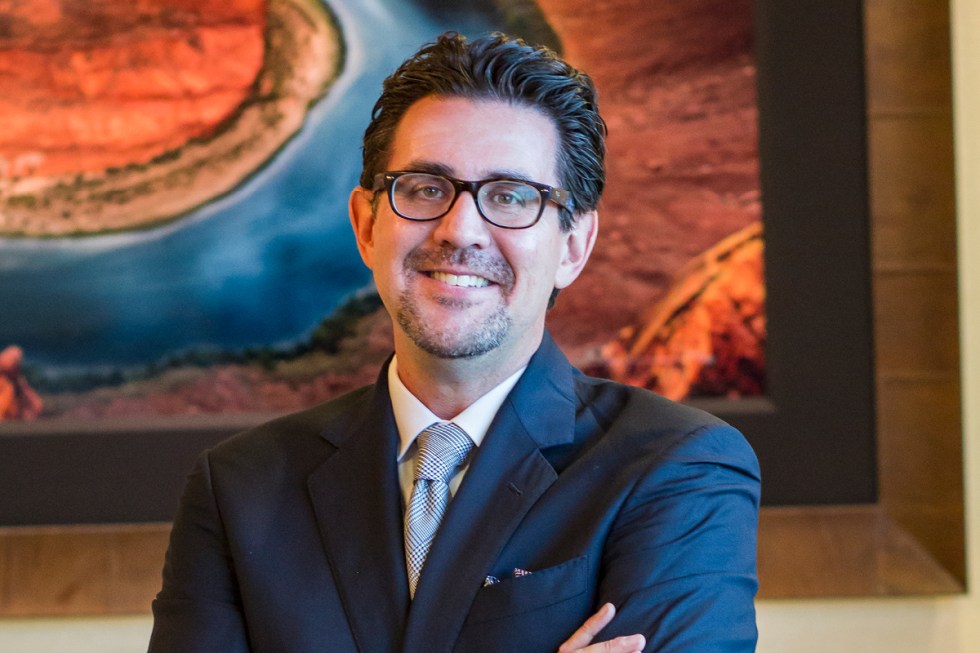
There are few things more important to a community than public safety. Obviously, we all want to feel safe; but beyond the intrinsic value of well-being and improved quality of life, there are broader economic and fiscal impacts to public safety.
It doesn’t take empirical research to prove that people tend to move out of higher crime areas and into areas where crime rates are lower. Nor does it take exhaustive academic study to establish that business investment tends to be higher in areas with lower crime rates, and vice versa.
Although a fair amount of research does exist in this area, it is rarely considered in evaluating a community’s return on investment from public safety expenditures. Nearly a decade ago, the RAND Corporation published a report entitled Hidden in Plain Sight, What Cost-of-Crime Research Can Tell Us About Investing in Police, which concluded that “returns on investments in police personnel are likely to be substantial.” More recently, a U.S. Governmental Accountability Office report on the cost of crime noted differences in how experts estimate costs, citing national impacts ranging from $690 billion to $3.4 trillion annually. Further still, Harvard researcher Thomas Abt calculated that each homicide costs a community between $10 million and $20 million, and Wilson Center fellow Viridiana Rios found that “increases in criminal presence and violent crime reduce economic diversification, increase sector concentration, and diminish economic complexity.”
What is certain is there’s a real, monetary cost of crime and real value in reducing it. Southern Nevada appears to be benefiting.
When Sheriff Joseph Lombardo took office in 2015, crime rates were rising and recessionera austerity measures had eroded the ratio of police officers per 1,000 residents to 1.7. For the sheriff, the explanation was simple – crime went up as the ratio of officers per resident went down. For the record, this was precisely the risk cited by Sheriffs Doug Gillespie and Bill Young during their respective tenures as head of the Las Vegas Metropolitan Police Department. Lombardo and his predecessors have long aimed to employ 2.0 officers per 1,000 residents, which is the typical ratio for large-city police departments.
In response to concerns raised by the sheriff and others, Clark County Commissioners authorized the 0.5% More Cops tax in late 2015, and state legislators passed the Clark County Crime Prevention Act during the 2016 Special Session of the Nevada State Legislature. Both measures were specifically designed to put more police officers on the streets.
Due to that new funding, the Metropolitan Police Department has added more than 700 officers over the past few years, pushing the staffing ratio to the 2.0 officers per 1,000 population target. While correlation does not equal causation, and there are a number of additional factors at play, as the number of police officers has climbed, crime has declined. Crime dipped slightly in 2017, which was followed by a notable 4.8 percent decline in 2018 that was driven largely by a 9.2 percent fall in violent crime. By way of comparison, violent crime nationally fell by 3.9 percent during the same period.
Even at the low end of the cost range, recently reported reductions in homicides and other violent crimes are saving Southern Nevada hundreds of millions of dollars. When you add in potential impacts related to reduced population migration, visitor trips and business investment, the impacts are likely measured in the billions. Perhaps most importantly, when you consider lives saved, pain spared, and the peace of mind that comes with feeling safe in your community, the value is immeasurable.
Members of the editorial and news staff of the Las Vegas Review-Journal were not involved in the creation of this content.


